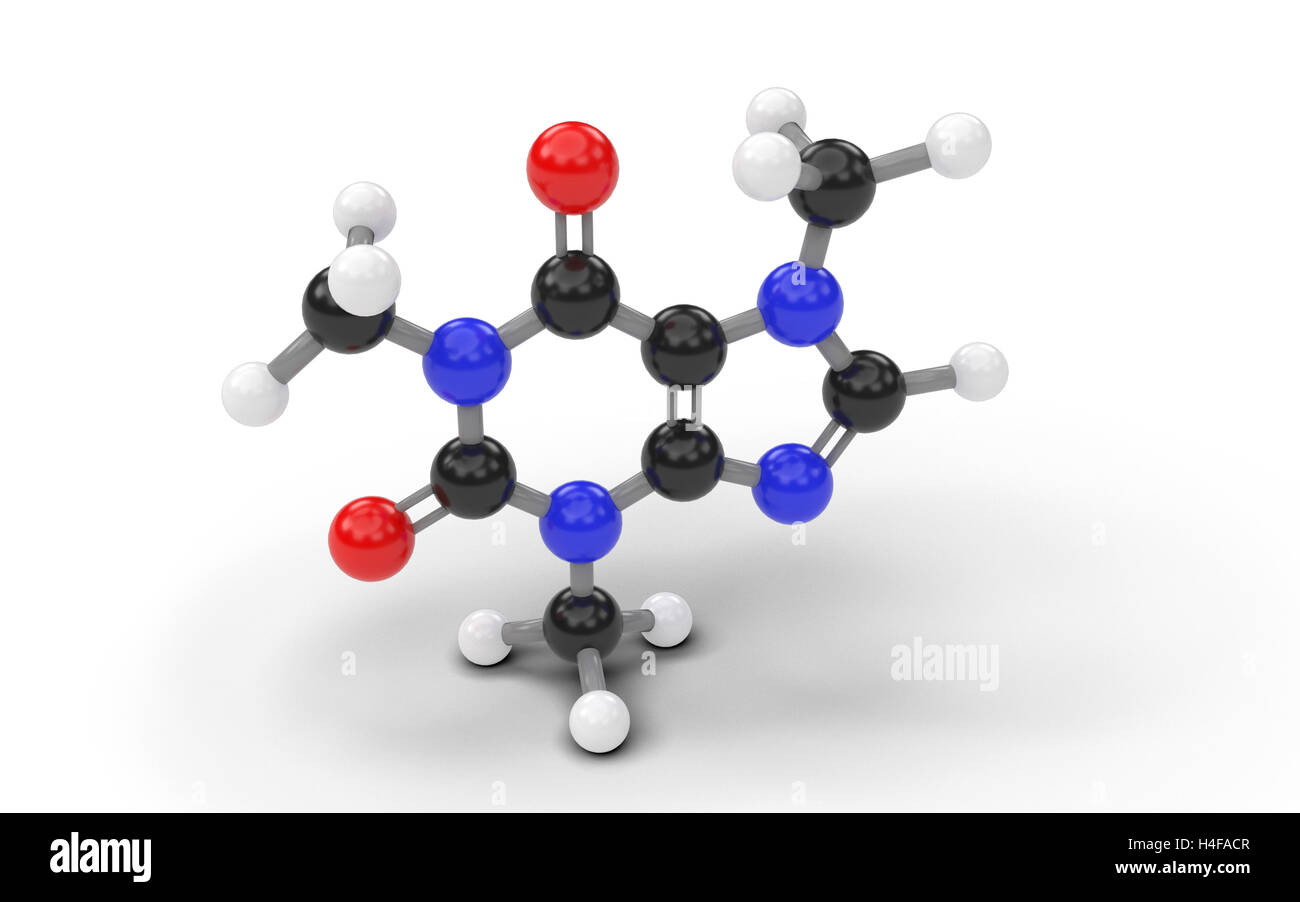
This is one of the factors that help Robusta coffee plants to thrive in harsher environments and be more resistant to pests. In Arabica coffee, Caffeine accounts for an average content of 1.2%, while Robusta is higher, at about 2.2%. Caffeine is commonly found in the leaves and fruits of more than sixty varieties of coffee cultivated worldwide as a natural insect repellent.

The essence of Caffeine in the coffee plant is a white powdered alkaloid that causes part of the bitterness felt in coffee. So this is considered one of the very durable compounds with heat and is least lost during roasting.

Sublimation for Caffeine can start at 178☌. So instead of changing from solids to liquids to gases, it often skips the liquid phase and turns it directly into a gas - a process called sublimation. However, it tends not to follow typical transition steps between phases. In other words, it doesn’t seem to combine or interact with other molecules. The chemical formula of Caffeine is C 8H 10N 4O 2.Ĭaffeine seems to be a reasonably stable molecule in coffee.

Denial of Adenosst, studies of “alertness” caused by coffee have focused onĬaffeine, also known as Trimethylxanthine, Caffeine, theine, mateine, guaranine, methyl theobromine, or 1,3,7-trimethylxanthine, is a xanthine alkaloidthat can be found in coffee varieties, in tea, cola seeds, guarana berries, and (small amounts) in cocoa beans.Nodmanical Chemical Formula of Caffeine.


 0 kommentar(er)
0 kommentar(er)
